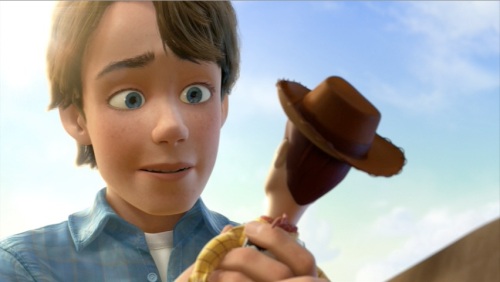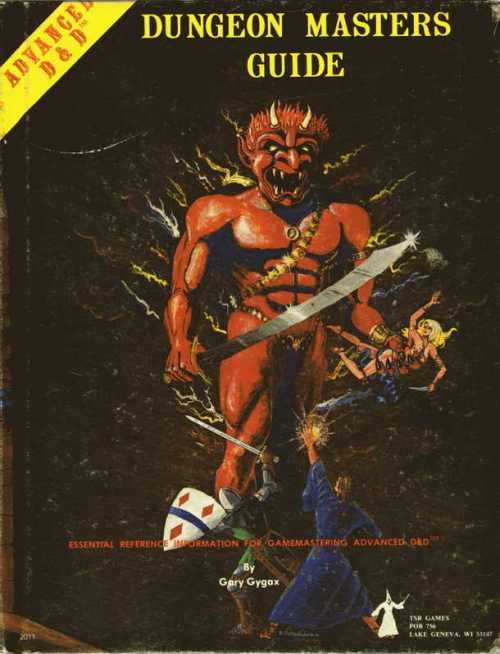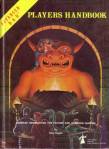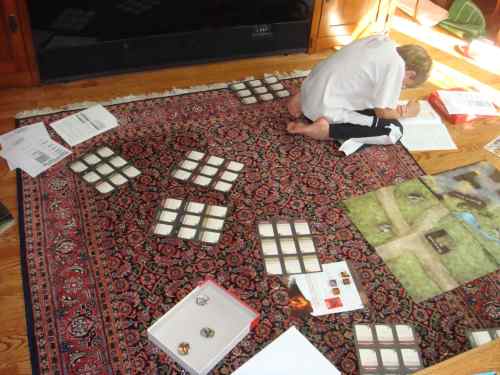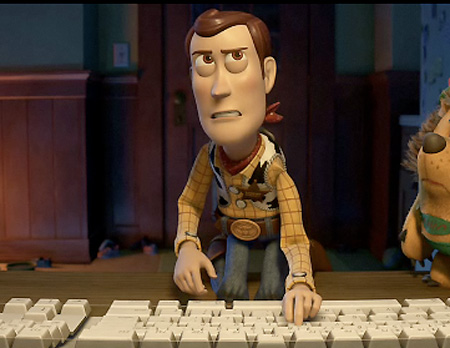 Pixar’s entertainment juggernaut continued its dominance with the announcement of the 2011 Oscar nominations. Like “Up” before it, “Toy Story 3” was nominated in both Best Picture and Best Animated Feature categories.
Pixar’s entertainment juggernaut continued its dominance with the announcement of the 2011 Oscar nominations. Like “Up” before it, “Toy Story 3” was nominated in both Best Picture and Best Animated Feature categories.
Like most observers, I believe the history of “Up” will repeat itself as TS3 will miss top honors, but will instead use that nomination momentum to ride roughshod over the competition in the animation category. If any cartoon flick deserved a decent shot at the top Oscar, it was “Up.” If that didn’t win, TS3 won’t.
Not that I object to an imminent “Toy Story” victory in its proper category. TS3 is a powerhouse, a wonder, a you-name-the-superlative. It deserves every little scrap of praise it earns for the way it cranked an old franchise back to life and gave it a moving, worthy send-off like few final-chapter sequels have ever done. Who would have thought you could wring so much emotion from a boy parting with his childhood toys? Plus, who doesn’t marvel at the ingenious mechanics of teeny things traversing a big world? Just opening a door is an epic hero’s quest in the Toy Story Universe, and the animators and storytellers earn my word of highest respect: clever. TS3 is, in so many ways, a great movie.
So with its place in history assured, and with the DVD on continuous loop in my household, now is the time to uncork a few observations:
 TS3 milks its drama hard. Too hard. The-udder-is-starting-to-chafe hard. In the climactic scene of toys descending ever lower into a trash-burning inferno, the musical score clang-clangs like an anvil in a forge as Doom. Creeps. Ever. Closer. Music clang-clangs, the toys hold hands, fires get hotter, clang-clang, worried look, hot fire, clang-clang … CLANG CLANG! It was remarkable when I saw it in theaters (“Wow, they’re really hammering this home!”). On repeated viewings, it’s maudlin, manipulative and cheap. We know they’re in peril. Quit clanging me over the head with it.
TS3 milks its drama hard. Too hard. The-udder-is-starting-to-chafe hard. In the climactic scene of toys descending ever lower into a trash-burning inferno, the musical score clang-clangs like an anvil in a forge as Doom. Creeps. Ever. Closer. Music clang-clangs, the toys hold hands, fires get hotter, clang-clang, worried look, hot fire, clang-clang … CLANG CLANG! It was remarkable when I saw it in theaters (“Wow, they’re really hammering this home!”). On repeated viewings, it’s maudlin, manipulative and cheap. We know they’re in peril. Quit clanging me over the head with it.
Martian ex machina. The toys are plucked from inferno at the last moment by three toys that have escaped the camera’s eye and had a little adventure of their own: They have found and learned to operate a giant junkyard “claw” in time to find a needle in a haystack (their friends in the trash heap). On repeated viewings, this last-second save doesn’t feel earned, no matter how clever it is that the Martians — who are famously obsessed with “The Claw” from their origins in an arcade toy-grabbing game — are bringing things full circle with, ha ha, a real claw. “Oh,” I say on second and fourth and sixth viewings, “that was convenient.”
The bowling-ball-on-the-head gambit. Speaking of convenient, I am mildly annoyed that Pixar has to resort to a trope that has been around since the Flintstones: Identity amnesia turned on (and off!) by a blow to the head. The gag starts out great, as Buzz is very neatly compromised by fiends who put him in “Demo Mode,” thus erasing his memory. This is complicated even more neatly when the heroes inadvertently engage Buzz’s “Spanish Mode” while attempting to restore him. Now Buzz has become a flamboyant Latin lover who moves with flamenco passion. Mucho humor follows forthwith. When the story needs to have him turn back into Regular Old Buzz, though, he gets hit in the head. For Fred Flintstone, it was a bowling ball, for Buzz it’s a TV, but either way, the result is the same: Poof! He’s back to his old self! What a convenient, creaky old gag.
Slow-motion, pillow-fighting hobbits. Few people love the “Lord of the Rings” trilogy as much as I. But even I must admit that by the end, when everybody has made it out of the exploding volcano alive, director Peter Jackson took just a little too much advantage of the circumstances by letting his key characters reunite in an over-sentimental, oversaturated hugfest under a Vaseline-smeared lens. Likewise does the denouement of TS3 go on just a tad too long, and it risks turning sweetness to treacle. Yes, it is the most powerful moment in the movie when Andy gives up his toys to a little girl with a worthy imagination. But like our slo-mo halflings, the scene overstays its welcome by nudging us in the ribs: “Didja cry yet? Didja cry yet?” Yes, I am moved. Yes, my eyes are moist. And now I am ready to move on; please join me before I begin to regret granting you this gift of my raw emotion.
I only react to little things like this because I’m so invested in the rest of it. I wouldn’t care so much if the rest of the movie wasn’t worthy. I still shake my head in admiration at all the deft details, from the creative use of a tortilla to the final shot of clouds that perfectly mimics the very first image of the franchise. It’s near-perfection, and I only pick at these nits because I want so much for that perfection to be more than just “near.” Catch me opining this much about “G-Force.”
BONUS OBSERVATIONS
* I haven’t seen any of the other competitors in the Animated Short Film category,  but I’m confident in saying the other Pixar entry, “Day and Night” (which appeared before TS3 in theaters), is a jaw-dropper that will win it. I’ve never seen so much innovative story telling as two blobby characters who act as filters through which the real world can be seen at different times of day. Who thinks of this sort of thing? I remain amazed on every viewing.
but I’m confident in saying the other Pixar entry, “Day and Night” (which appeared before TS3 in theaters), is a jaw-dropper that will win it. I’ve never seen so much innovative story telling as two blobby characters who act as filters through which the real world can be seen at different times of day. Who thinks of this sort of thing? I remain amazed on every viewing.
• “How to Train Your Dragon,” the Dreamworks entry in Best Animated Feature competition, is the latest entry from that company to really rise above its station. What could have been a jokey fantasy one-off delivered more heart than I was expecting from a story of a boy who disappoints his father, while struggling to find his confidence. Against many other Pixar entries, I might have insisted “Dragon” is a more Oscar-worthy entry (you may recall I greatly preferred “Kung Fu Panda” over its rival award-winner “Wall-E”), but even Dreamworks has to tip its viking helmet to the accomplishments of TS3.
• “Tangled” didn’t get a nomination and that’s just rude. It’s every ounce a qualified nominee, even if not quite the winner. I don’t know why this fun tale was left out, unless it’s a reaction to Disney Marketing somehow losing its nerve by not just calling the the thing “Rapunzel.” (Call a spade a spade, Disney; that worked pretty well for “Little Mermaid” and “Beauty and the Beast.”) Anyway: Boo, Oscars, you dropped the ball!



